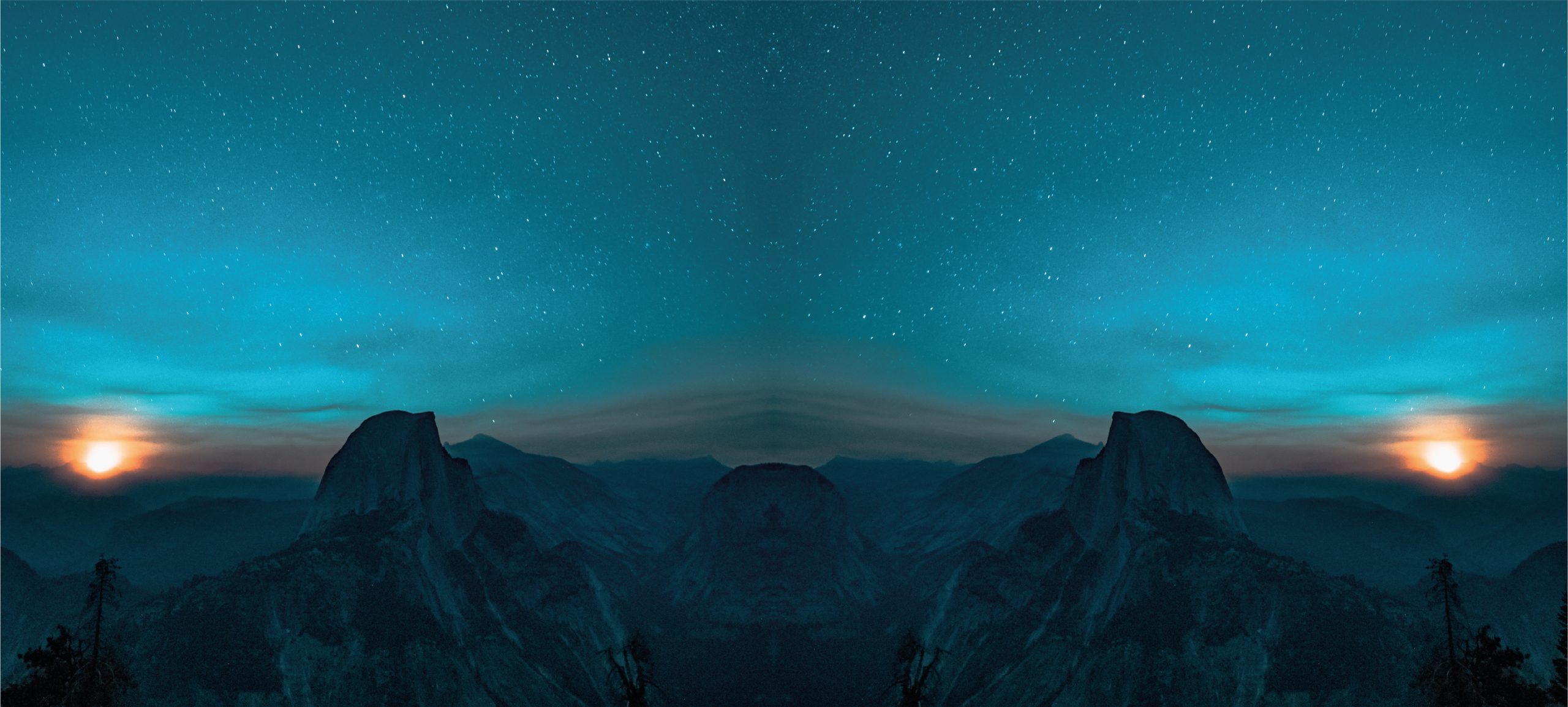
‘So, with map and compass, rock hammer and theodolite, Michael Spender and John Auden undertook explorations of the world, one they regarded with a naked eye from a distance and close up in a viewfinder or microscope. Similarly, Wystan Auden, Christopher Isherwood and Stephen Spender made up the three points of the literary triangle through which events in Germany and elsewhere would be sited and mapped, in poetry and prose, in the coming decade. They, too, considered the times and the world in front of them, albeit from different angles and with different implements.’
There are few things more exciting than discovering the connections between writers and artists you love. It is like being part of a secret brotherhood. Deborah Baker gives you access to not one but several such fascinating fraternities. There is the louche Bohemian art crowd around the Slade, the ‘Set’ of the wealthy bhadralok of Calcutta and the Oxford poets—Stephen Spender, W.H. Auden and Louis MacNeice (who, Evelyn Waugh once said, had ‘ganged up and captured the decade’ of the 1930s). The threads of love, idealism and of course, mountaineering, weave in and out of the narrative, drawing these disparate groups together.
To the average reader, the Oxford poets Wystan Hugh Auden and Stephen Spender would be a world removed from the freedom struggle of India. Deborah Baker delves into their family trees to draw out their less glamorous, but no less fascinating siblings, the titular ‘last Englishmen’ – John Bicknell Auden, geologist with the Geological Survey of India (GSI) and brother of W.H. Auden; and Michael Spender, surveyor and brother of Stephen Spender – who navigated the tumultuous society of India on the brink of freedom, their sympathies tempered by a practical detachment from the harsh realities of the freedom struggle.
Read on to learn more about the two men who never quite saw the similarities in each other but were alike in so many ways:
Bound by their brothers
Both John Bicknell Auden and Michael Spender were the lesser-known older brothers of two very flamboyant Oxford poets (and good friends) W.H. Auden and Stephen Spender, though their relationships with their respective siblings were quite different.
‘Where Michael and his brother Stephen would become perfect foils, apt to exaggerate their differences or use the existence of the other to define their own, Wystan and John, though nearly three years apart in age, had more in common.’
Their dedication to science
Both John Auden and Michael Spender were involved in scientific fields—ones closely associated with the establishment of the Empire. John was a geologist with the GSI and Michael was a surveyor.
The Everest expeditions
Auden and Spencer were part of the 1937 survey of the “blank on the map” region around the Karakoram mountain known as K2, the second highest mountain in the world, organized by the Royal Geographic Society in an era when the Himalayan expeditions were seen as a proxy for the jockeying for power over Europe.
Critics of the British Empire in India
Despite their involvement in such expeditions, both John Auden and Michael Spender developed a critical view of the British Empire. John began to question British rule quite late, more so as his ‘sardonic humour and dry sense of the absurd’ caused him to recognize the hypocrisies of the Empire. Michael Spender had grown up among ardent believers in the Empire. However, with his growing respect for his Balti and Sherpa porters and an awareness of the devastating impact of large expeditions had on the Tibetan villages he passed through en route to Everest, came an increasing shame at his own privilege. He recognized the grandiose views British explorers had of themselves as a ‘romantic delusion’.
Their lasting contributions in their respective fields
‘It was an Indian geologist who noticed that though John Auden had focused his conclusions on a single district, he was the first to suggest that the dislocation he mapped and described in his beloved Garhwal arced from west to east down the entire 1,500- mile length of the Himalayan chain. As indeed it did. This fault is now known as the Main Central Thrust.’
John’s notes on geology, including his ideas on how the Himalayas came to be, are used in the GSI even today. Michael’s surveying skills and photographic memory came in handy during his stint in RAF intelligence work during the Second World War. ‘Michael’s insight became known as “comparative cover” and would define the field of photographic interpretation, or PI.’
The eternal feminine
Besides family, work and political inclination, the two men remained bound by artist Nancy Sharp Coldstream, whose mystique enthralled both of them. Nancy met Auden first, but a chance introduction (by Auden himself) to Michael Spender entwined all three romantic destinies. She married Michael Spender and had a son with him but after his death during the war resumed her affair with John Auden.
The Last Englishmen is an engrossing and masterful story that traces the end of empire and the stirring of a new world order.









